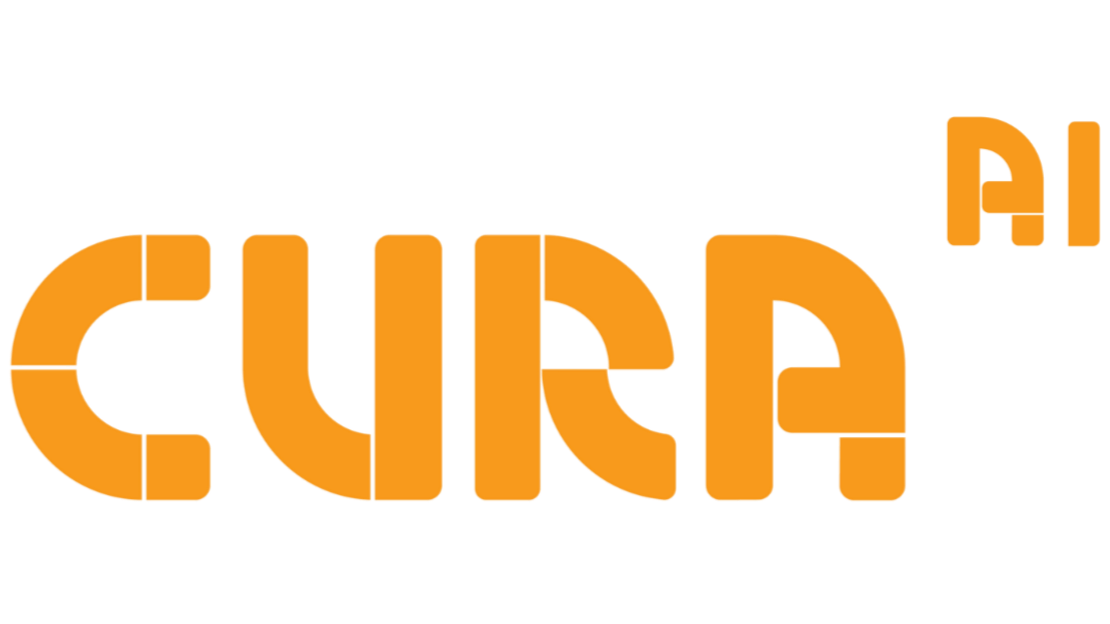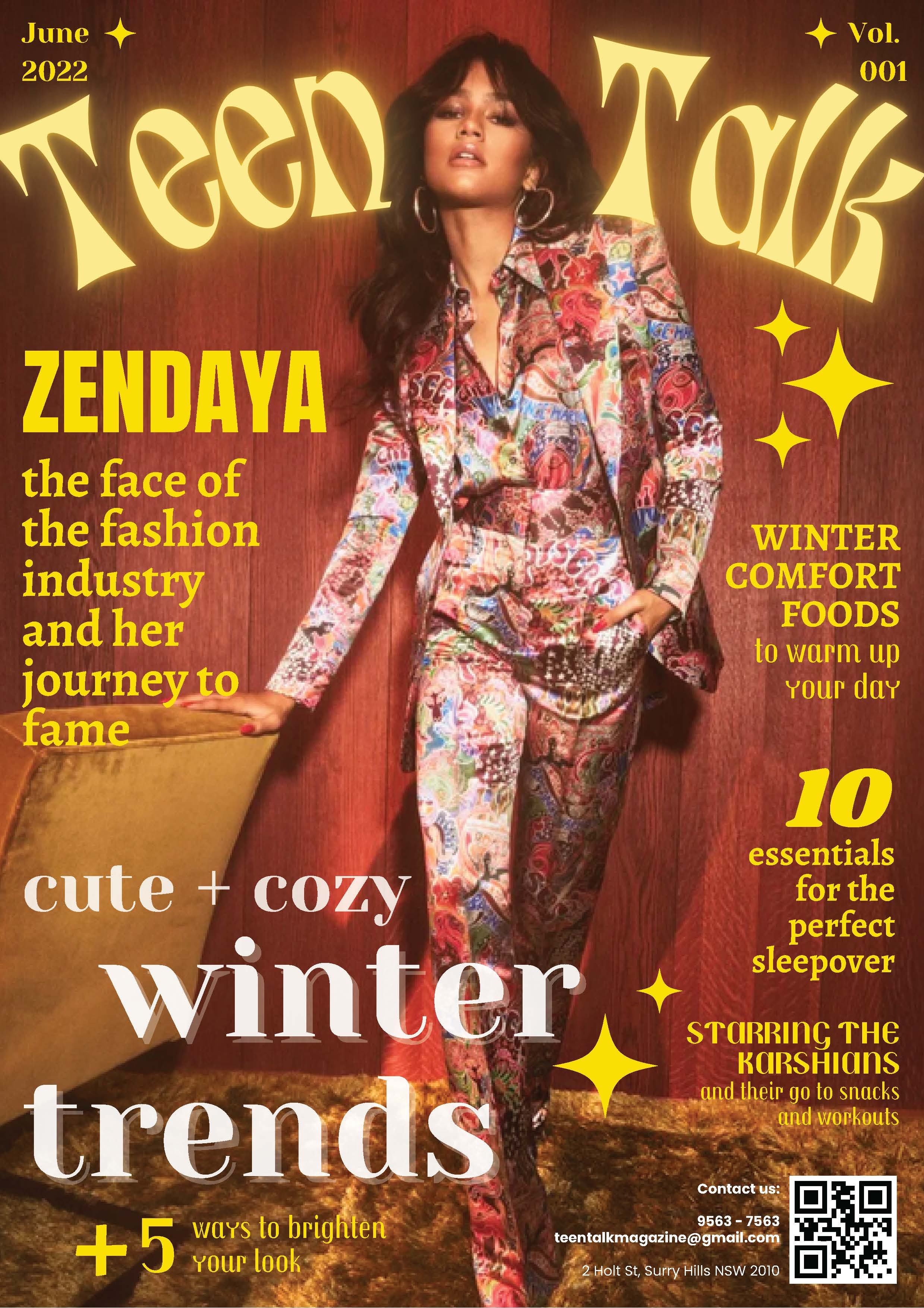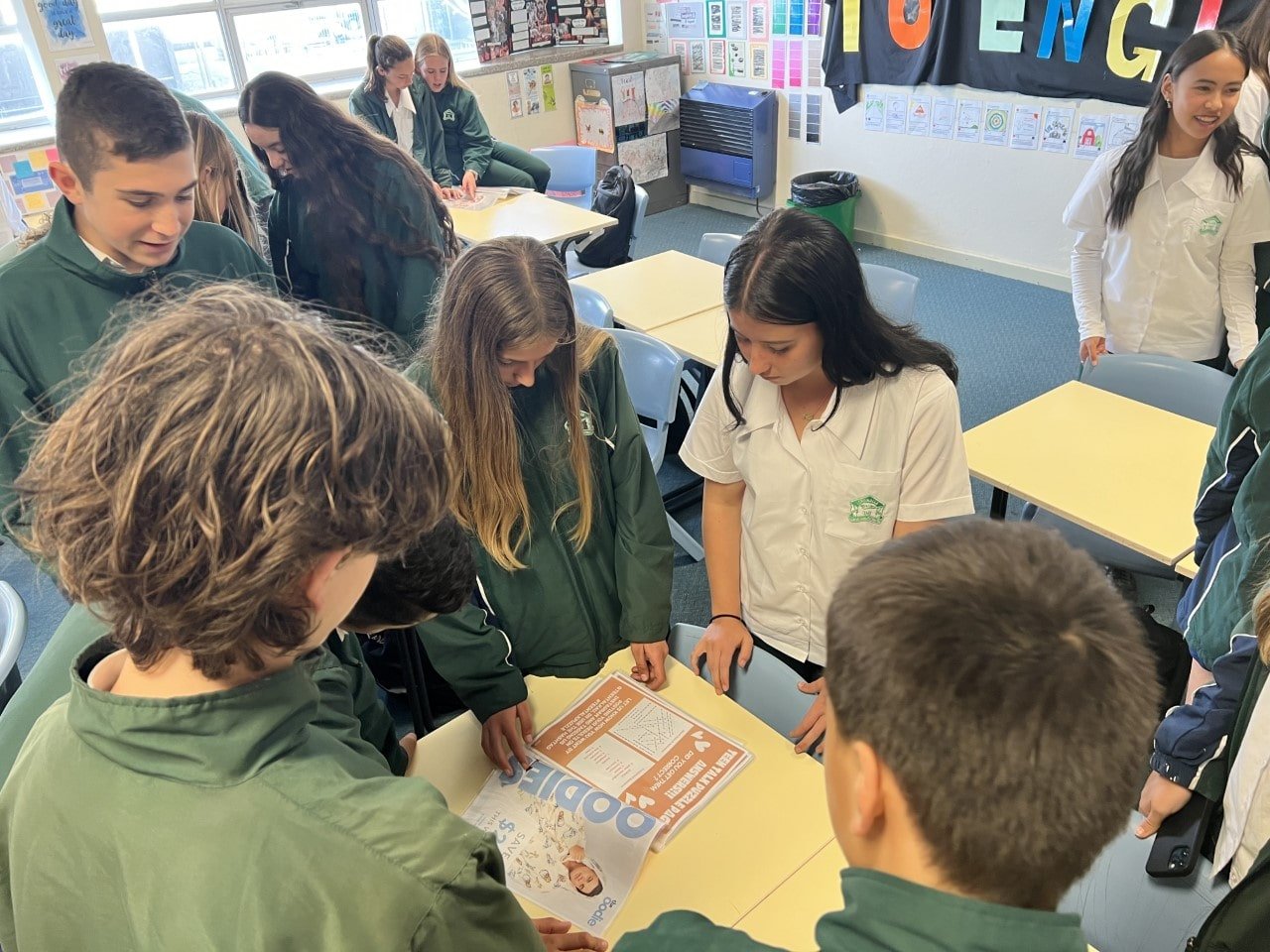Making PBL work at Cronulla High School
Jessica Incollingo - Cronulla High School
The background
You might have seen or heard mixed responses to the merest mention of project-based learning (PBL) from teachers and students alike.
Some will be excited by the opportunity to teach a topic in a more real-world context, or to apply what they’ve learn in a more hands-on way. They enjoy the challenges these projects bring.
Others are less excited. Some teachers see it as too hard and as 'extra work' on top of their already-strained workload. Some students just want the answers and don’t want to think too hard.
But in my experience, PBL is highly enjoyable and rewarding. With the right resources, it’s easy to implement. And with the right context, it can convert even the most sceptical of students into passionate and excited problem-solvers.
At Cronulla High School, we started using PBL just before COVID hit. It was a crucial tool which kept students engaged across remote learning. I can vividly remember using The Black Death - an interdisciplinary unit spanning English and History - with my Year 8 class. I’d never seen students engage with their learning with such zeal, especially in a remote learning context. For one task, students dressed up like gangsters and rapped about the poor hygiene conditions in Medieval Europe over Zoom!
Jessica Incollingo is a teacher at Cronulla High School
The 2022 strategy: more micro-units
This year, I’ve been lucky enough to work with the same class (now in Year 9). But we’ve tweaked our approach to implementing PBL.
Previously, we’d run one longer PBL project each year. But this year we’ve focused on integrating more real-world, hands-on learning across each term. This gives students more opportunities to apply what they’re learning to real-world problems. It breaks up the way we deliver curriculum content. And as we’re reinforcing students’ interpersonal and metacognitive skills more regularly, they have a better chance of sticking.
Cura’s shorter, more flexible micro-units have made this much easier. We’ve used them to strategically identify parts of our curriculum which are ripe for student extension or real-world connection. They fit seamlessly into our curriculum as they blend content delivery and project-based application.
Here’s an example of what we’ve done this year. My Year 9 class recently completed a unit in English (developed by our teaching team) called Persuasive Publishing. The unit covers the features and functions of media publications, including advertisements, feature articles, editorials, interviews, and product or service reviews. Across the unit, students had to create visual advertisements and written articles, and then reflect on the compositional process they undertook.
Cura’s News to Me micro-unit fitted perfectly within this. It enriched their understanding of the media and journalism. I took the micro-unit’s focus on feature articles and, to extend students further, I asked each team to create their own print magazine!
As a class, we brainstormed features of contemporary magazines. We prioritised which features each student looked for when reading magazines across different topics and genres. Then it was time for students to select their chosen genre, choose their target audience, and get to work on creating a magazine!
A magazine design created by the Cronulla HS students
The results
I loved the energy in the classroom during these lessons. The excitement I could see in students’ faces as they researched potential topics for their articles was mixed with the pride I felt at hearing them discuss and debate how to apply the conventions they’d studied to their own magazine creations.
Ultimately, the students created inventive products to advertise which related to their magazine genre. And they injected their own 'personal touch' and designs into the final project, yielding some impressive and hilarious results!
We finished the unit with a gallery walk around the classroom. Each group had their magazine on display for the rest of the class to flip through. It’s incredibly rewarding to see students so excited and proud to share their learning with their peers. I don’t know of another approach to learning which delivers this.
This is one example of how using PBL micro-units has elevated our curriculum delivery this year. We’re able to enrich or extend on school-based units to both deepen student engagement and ensure high-potential students are challenged. Students can apply what they learn to a topic which interests them. And they love the challenge of crafting their end product with team members and showing it off to their classmates.
Cronulla High School students exploring other other teams’ magazines in their gallery walk
What’s next?
We’re continuing to implement more PBL across the curriculum. Here’s a little anecdote which sums up why we’re doing this.
My class has just finished a school-designed unit on Indigenous representation in texts. This has been the perfect segue into another PBL unit – Australian Voices. In it, my class has been analysing distinctly Australian texts and the perspectives they offer on our country's culture and history, before creating a text that represents a holistic understanding of our nation.
When we began discussing the text they could create at the end of the unit, one of my students hopefully asked, “Does that mean we can do a rap again?” We laughed, remembering the class we’d had over Zoom in the depths of COVID.
But when I realised that the student was serious, I reflected on their words more seriously. Here was a Grade 9 student desperate for an opportunity to demonstrate what they’d learned through a medium which got the best out of them. The fact that they still remembered this so vividly – despite it occurring over 18 months ago, during the remote learning era which most of us are trying to forget – shows how impactful it was on their learning and engagement.
That’s the power of PBL. Sometimes the ‘hard’ activities are the most engaging and rewarding. Sometimes the hard things are worth doing because they’re hard.
And with the right resources, sometimes the ‘hard’ things aren’t so hard after all.
Do you know an educator who wants to increase hands-on, real-world learning in their classrooms? If so, please share this article with them!
If you want to learn more, get in touch at hello@curaeducation.com.



